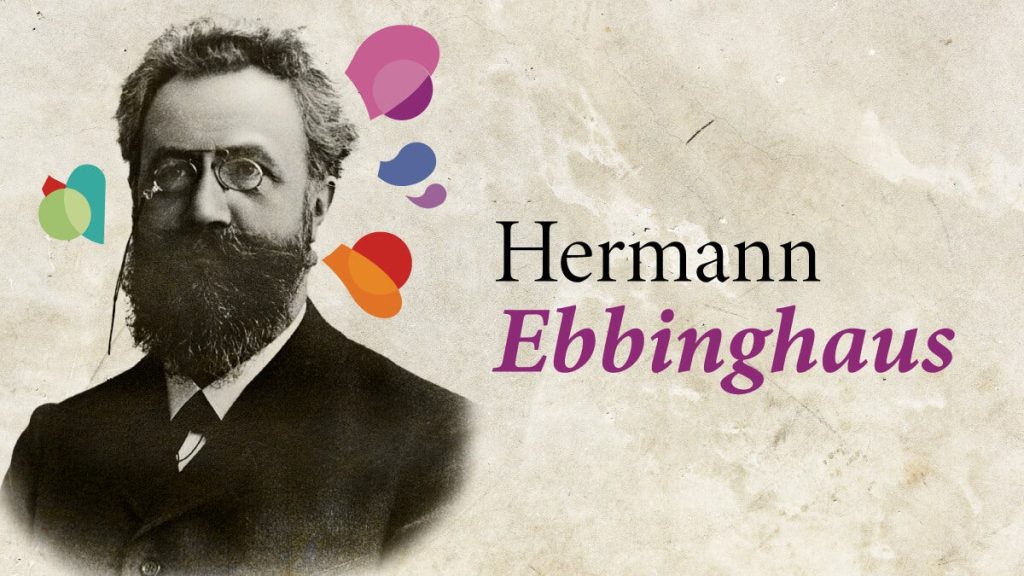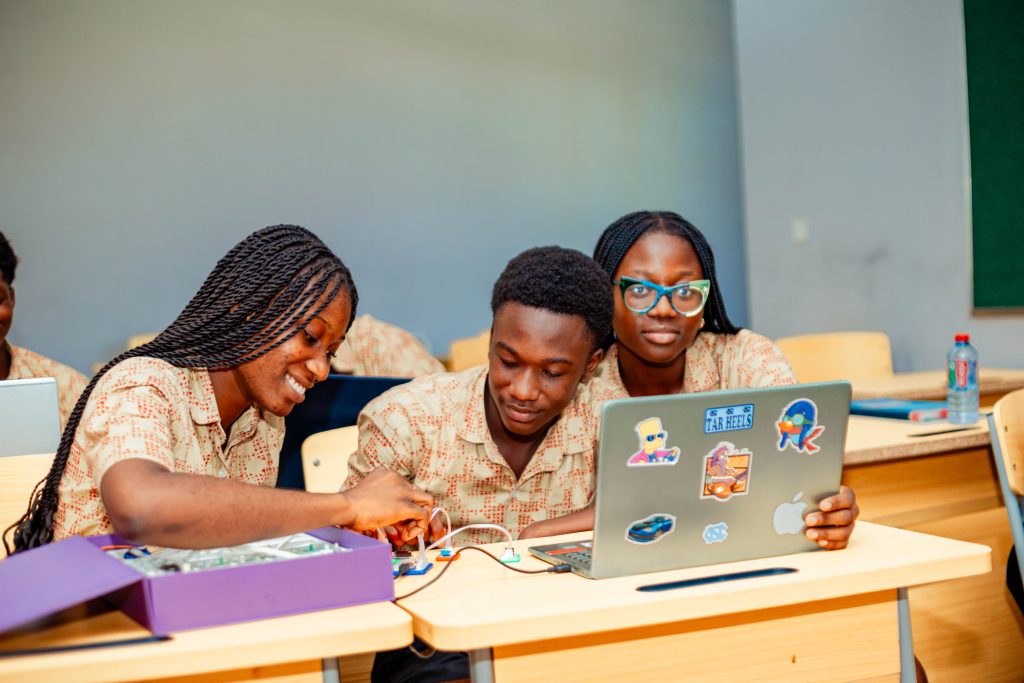Key Points at a Glance
Forgetting is natural, but can be reduced with strategies like spaced repetition and active recall.
Many students lose knowledge quickly due to passive learning and lack of review.
Understanding how memory works can help both students and educators boost long-term retention.
Every student has experienced it — sitting for an exam or participating in class only to realize they’ve forgotten what they learned just days or weeks earlier. This frustrating experience is common, but it’s not inevitable.
Forgetting is a natural part of the learning process, but by understanding why it happens and how to address it, students can become more effective, confident learners.
Let’s explore the science behind forgetting — and how students, parents, and schools can fight it.
The Science Behind Forgetting: The Ebbinghaus Forgetting Curve
In the late 1800s, German psychologist Hermann Ebbinghaus conducted experiments to understand memory. His research produced what we now call the Forgetting Curve — a graph showing how quickly information is lost when no effort is made to retain it.

According to Ebbinghaus:
After one day, people forget up to 50% of new information.
After a week, they may retain only 10–20%.
Without review, knowledge continues to fade.
This shows that without reinforcement, learning doesn’t last. Fortunately, we now know how to flatten the curve and improve long-term memory.
Why Students Forget What They Learn
Understanding the causes of forgetting is the first step in fixing it. Common reasons include:
1. Passive Learning
Listening to lectures or reading without interaction doesn’t engage the brain deeply. Without mental effort, the information isn’t stored effectively.
2. Lack of Review
Students often cram before exams and never revisit the material, making forgetting almost guaranteed.
3. Overload
Too much information at once leads to cognitive overload. The brain can only absorb so much at a time.
4. Poor Sleep and Stress
Lack of sleep and chronic stress affect memory consolidation, which occurs mostly during rest.
At MICS, these challenges are addressed through structured learning experiences that encourage active participation, periodic review, and student well-being.
How to Improve Memory and Retention
The good news is that there are proven techniques that help students remember more and forget less.
1. Spaced Repetition
Instead of cramming, revisit material at increasing intervals (e.g., Day 1, Day 3, Day 7, Day 14). This tells the brain that the information is important and needs to be stored long-term.
2. Active Recall
Rather than re-reading, quiz yourself. Trying to recall information strengthens memory pathways more than passively reviewing notes.
3. Interleaving
Study multiple topics in one session rather than focusing on just one. Switching between related subjects forces the brain to work harder and improves recall.
4. Use of Mnemonics and Associations
Creating associations, acronyms, or stories helps the brain organize information in memorable ways.
5. Teaching Others
Explaining a concept to someone else is one of the best ways to test understanding and improve memory.
At MICS, teachers incorporate these techniques into everyday lessons — through projects, presentations, digital learning tools, and low-stakes assessments — ensuring students engage deeply with material over time.

How Schools Can Support Long-Term Learning
Effective schools recognize that learning is not just about covering content, but making it last. Institutions must create environments that support memory through:
Formative assessments that test recall frequently.
Integrated review weeks in curriculum calendars.
Differentiated instruction that matches how students learn best.
Teacher training on how to apply memory science in classrooms.
Morgan International Community School is one such example. The school integrates international best practices, including IB and Cambridge approaches, that emphasize conceptual understanding, application, and review over rote memorization.
Real Learning at MICS: Where Knowledge Sticks
At MICS, educators understand that true learning is about retaining and applying knowledge, not just passing tests. The school:
Uses a spiral curriculum to revisit key concepts across subjects.
Incorporates digital platforms that promote spaced learning and self-quizzing.
Encourages peer teaching and collaboration, which reinforce memory through discussion.
Provides time for reflection and revision, building habits that support lifelong learning.
Whether students are preparing for IB assessments, Cambridge IGCSEs, or local exams, MICS helps them build a foundation for success that goes beyond the classroom.
Final Thoughts
Students forget what they learn for many reasons, but this doesn’t mean they are poor learners. Forgetting is a normal function of the brain — and with the right strategies, it can be reversed.
By using spaced repetition, active recall, and engaging study habits, students can retain more and feel more confident in their knowledge. Parents and educators play a vital role in creating an environment that nurtures memory, not just performance.
